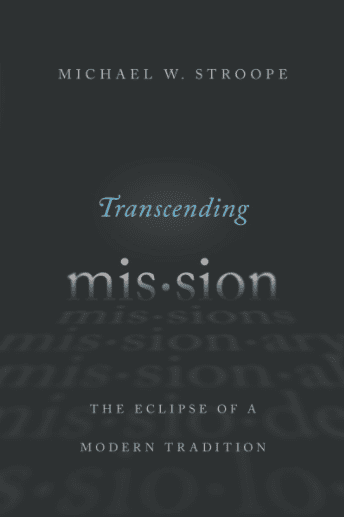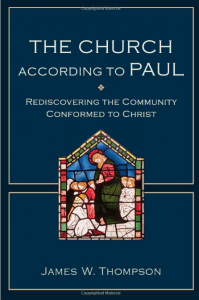 Tim Keller suggests it takes about 20-25% of a congregation to be engaged in ministry for a church to become a genuine “missional” community. I repeat what I’ve said before: many like to say they are “missional” because they want to avoid being “evangelistic.” Tim Keller is at the other end of the spectrum: missional is very close to becoming a ministry with an evangelistic orientation.
Tim Keller suggests it takes about 20-25% of a congregation to be engaged in ministry for a church to become a genuine “missional” community. I repeat what I’ve said before: many like to say they are “missional” because they want to avoid being “evangelistic.” Tim Keller is at the other end of the spectrum: missional is very close to becoming a ministry with an evangelistic orientation.
Would you say your church is an every person ministry church? How did it happen? Why has it not happened?
I feel like pastors who purchase and read Andy Stanley’s Deep & Wide and Tim Keller’s Center Church will have on their desk the wisdom of two of the finest pastors in the land. Stanley’s records wisdom for an attractional model while Keller’s records the wisdom and theology of a missional/attractional model. Neither carps on pastors or churches that don’t do it their way; both provide ideas and practices that nearly every church could use.
It seems to me that there is a growing need for a theologically-based vision of ministry by pastors who are doing ministry well, and that is why Keller’s book is so important today.
An every person ministry has four characteristics according to Keller: the ministries are organic, relational, word deploying (Bible and gospel find words), and they are active not passive.
This kind of missional evangelistic orientation has revealed to Keller that people come to faith through a series of “mini-decisions”: Awareness (I see it), relevance (I need it), credibility (I need it because it’s true), trial (I see what would it be like), commitment (I take it), reinforcement (Now I get it). I’ve never seen this sort of mapping of process but intuitively it works for me.
The every person ministry dynamic involves three factors:
1. Believers with relational integrity: they must be like their neighbors. They must be unlike their neighbors — he focuses on integrity, generosity, hospitality, sympathy, forgiveness, chastity, responses to adversity, and equity. And they must engage their neigbors. This section stands right next to Andy Stanley’s stuff.
2. Pastoral support. The pastor must both model missional evangelism but is to guide others theologically into a missional evangelistic orientation.
3. Safe venues, that are neither confusing nor offending (this is where Tim Keller differs from some today who seem to like to be offensive). He’s got a list of the sorts of things that can be done, but I like the one-off events — where a church figures out a way to create a venue for nonbelievers and believers to interact with significant issues and topics. (I’d like to hear what Redeemer is doing with the aftermath of Sandy.)










